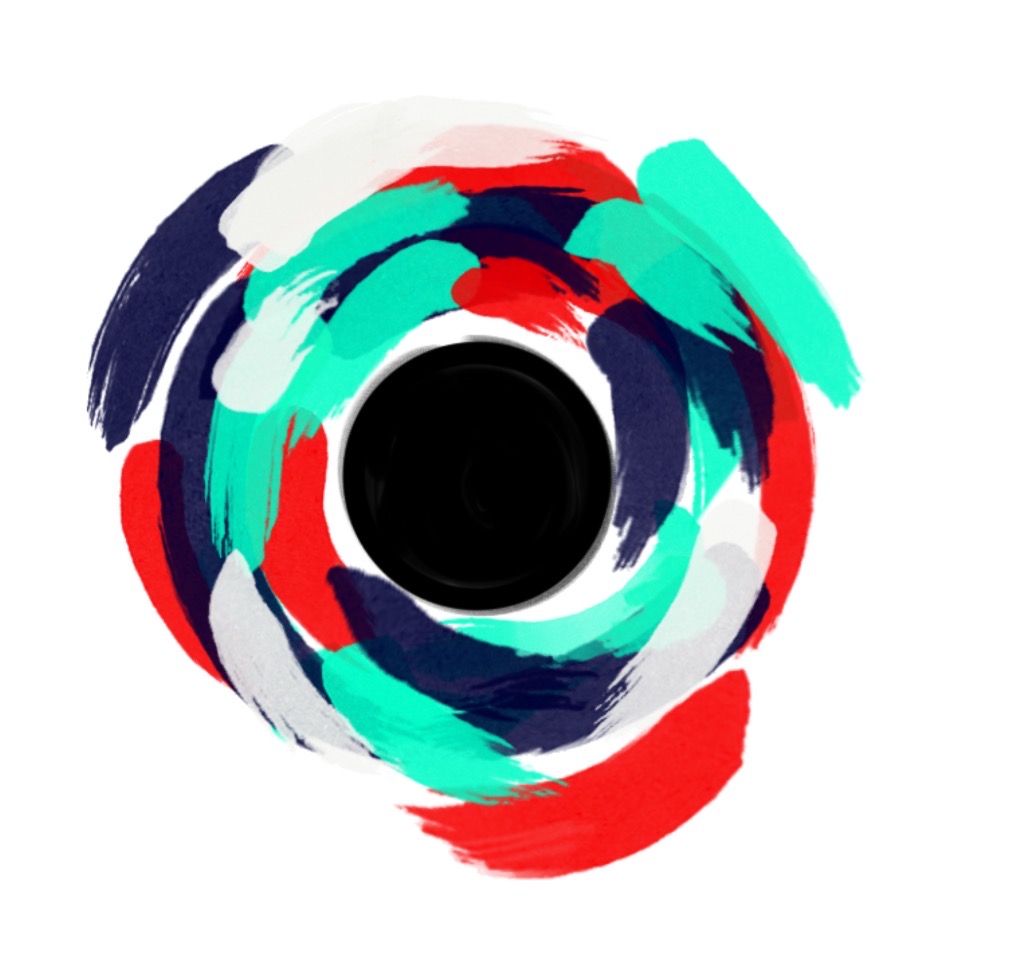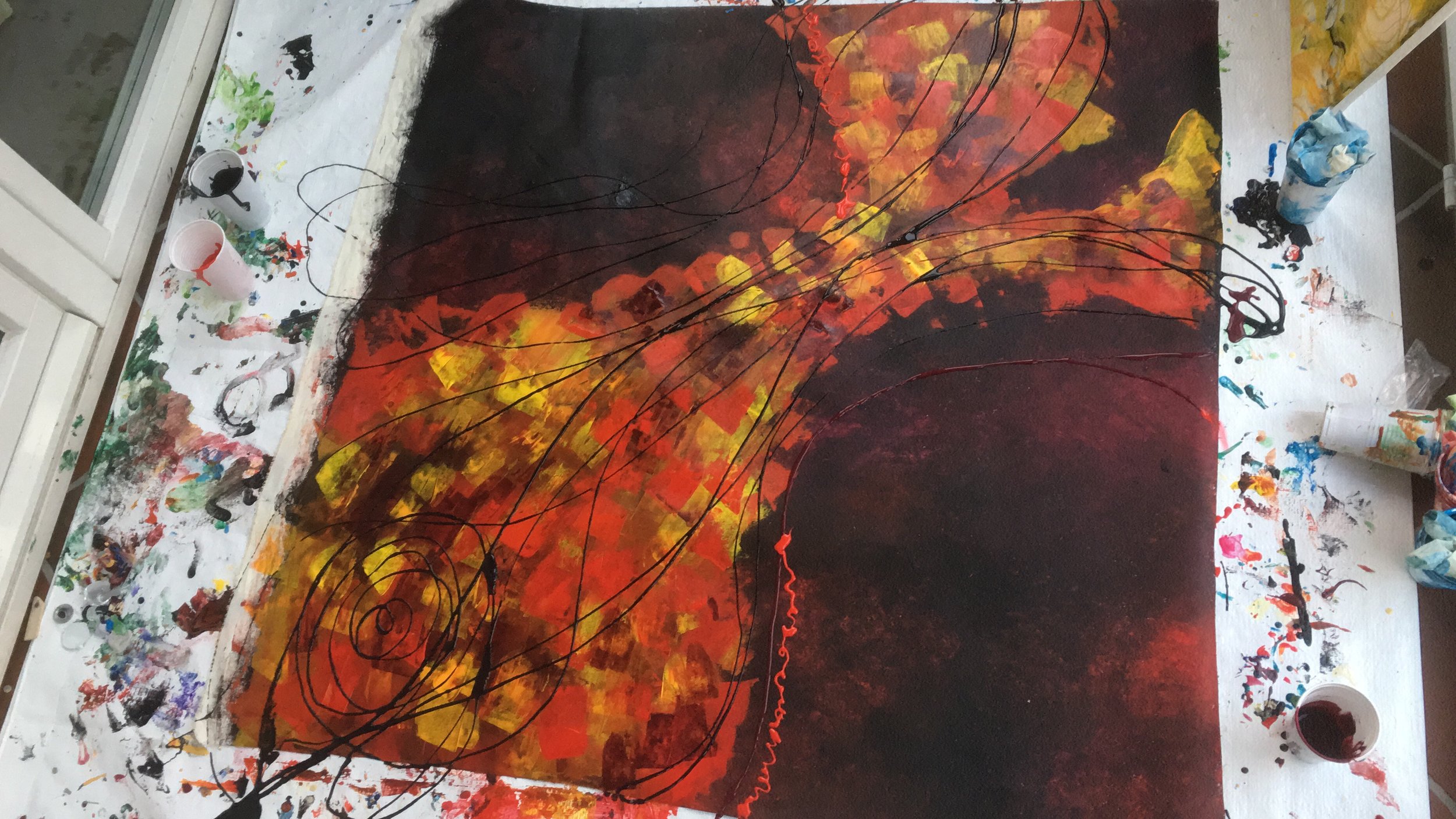Alright, so this is an issue (or maybe a non-issue) that’s always bothered me.... I don’t have a style! You know what I mean; how artists have a specific technique, colours or style that they work in. Well I simply don’t. I think the only thing that ties it all together is the underlying theme of communication I talked about last week. I like to call myself an experimenting artist because I ‘experiment’ and jump from technique to technique. Sometimes I use structure paste; sometimes fluid paint, sometime just good old fashioned paint! I don’t think I any underlying technique or colours that I can consider my own either!
The reason this bothers me is that most artists consider a style to be a very important to a personal brand. A brand is not simply to sell your work but it also serves to make you and your pieces recognisable.
I definitely go through periods with a style or technique but I’ve never been able to stick to one. To be honest, I get a little bored. That, combined with the fact that I love to work with/combine other artists styles.
So I began to look at my work once again; trying to find a more visual connection. And then I realised, I don’t really need one! I know, that sounds a little convinient because I can’t actually find one. But in my opinion, the visceral connection that viewers have to my piece is enough to connect my work. I want people to not only appreciate it visually but really connect with it. If you have a connection with a piece, you’re drawn to it, you will find meaning of your own in it. Each has a memory or a meaning for me, but I want my viewers to form their own! And this may be some wishful thinking but I’d like to think that people do!
For the record, I did find a few visual connections but they’re probably not strong enough to form a style. I try to use high contrasts of colours and a combination of flowing and rectangular/square shapes. Again, I don’t think this is perfectly apparent in all of them.
I’d love to know what you think! Do I have a style? If not, should I develop one? Comment below or let me know through the contact page/social media!!
Shivani














